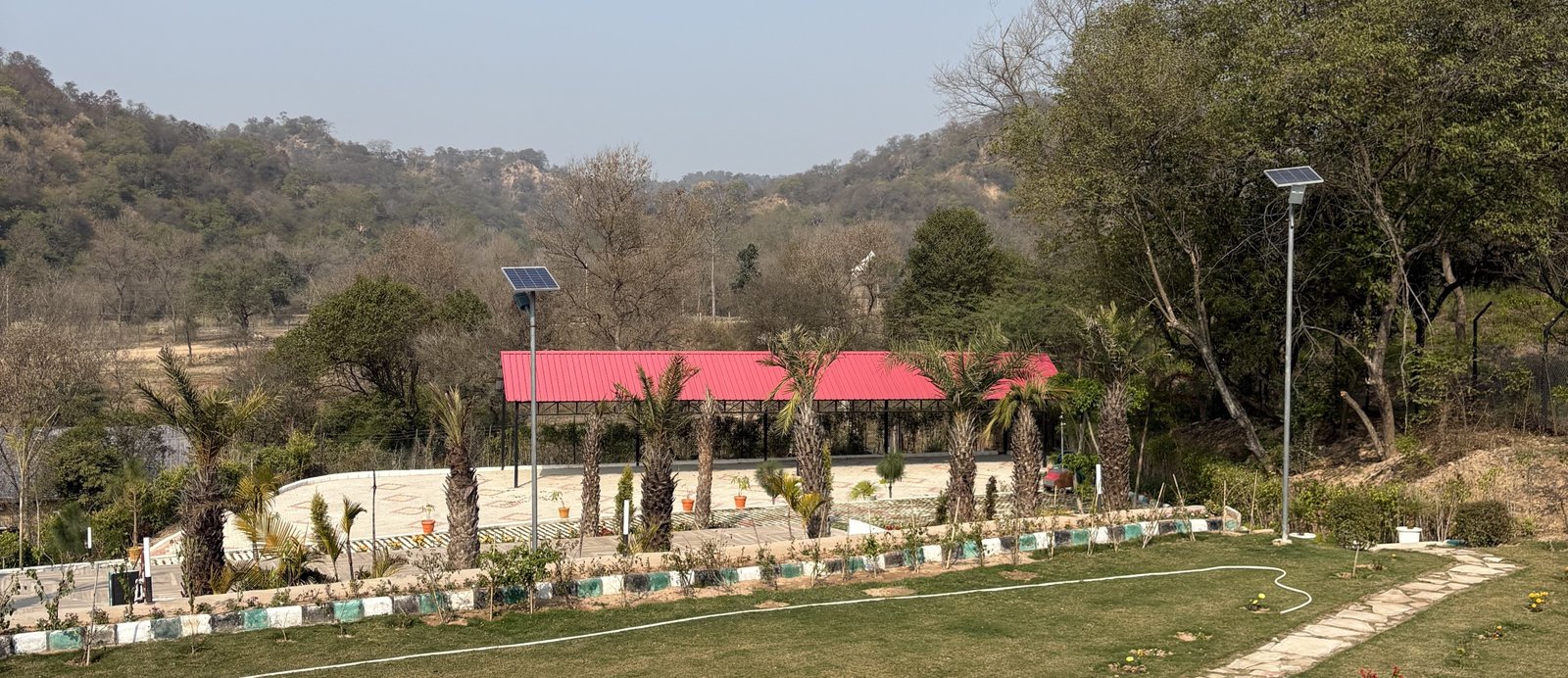


A Beginner’s Guide to Owning Farmland in India
Introduction: The Growing Appeal of Farmland Investments
Farmland ownership in India is no longer limited to farmers; it has become a popular investment avenue for urban dwellers and professionals seeking a sustainable and peaceful retreat. With the potential for long-term value appreciation, personal use, and even passive income through farming, buying farmland can be a rewarding decision. However, the process requires careful planning and knowledge of legal and investment intricacies. This guide walks you through the essential steps to owning farmland in India.
Step 1: Understand State-Specific Laws
Land ownership laws in India vary significantly from state to state. Some states allow only farmers to purchase agricultural land, while others permit non-farmers with certain conditions. For instance, Karnataka and Maharashtra restrict non-farmers from buying agricultural land, while states like Tamil Nadu and Punjab have more relaxed rules. Before initiating the purchase, research the regulations specific to the state where the farmland is located.

Step 2: Verify the Title and Ownership History
One of the most critical steps in buying farmland is verifying its legal ownership. Request the title deed and examine the land’s ownership history to ensure there are no disputes or encumbrances. Consult a legal expert or a property lawyer to authenticate the documents and avoid complications later. Additionally, ensure that the land is not under government acquisition or litigation.
Step 3: Check Land Use Classification and Conversion
Farmland in India is categorized for agricultural use, and utilizing it for residential or commercial purposes requires proper land-use conversion. Before purchase, verify the land’s classification in the revenue records and ensure it aligns with your intended use. If conversion is required, consult with local authorities and understand the process and associated fees
Step 4: Assess Investment Potential and Location
The location of the farmland plays a significant role in determining its value and usability. Factors such as proximity to urban areas, water availability, soil fertility, and access to infrastructure can significantly impact the land’s investment potential. Conduct a feasibility study to assess whether the farmland suits your financial goals, whether for personal use, organic farming, or long-term appreciation.
Step 5: Execute a Transparent Sale Agreement
Once you’ve finalized the farmland, draft a sale agreement that outlines all terms and conditions of the purchase, including price, payment terms, and possession date. Ensure that the agreement is executed on proper stamp paper and registered with the local sub-registrar's office. Registration not only validates the ownership transfer but also safeguards you from potential legal disputes.
Conclusion: Plan Smartly for a Smooth Ownership Journey
Owning farmland in India can be a highly fulfilling experience, both as an investment and as a lifestyle choice. By understanding state-specific laws, verifying legal documents, and thoroughly assessing the land’s potential, you can make an informed decision. Companies like Bharat Farmlands simplify this process by offering legally compliant and investment-ready farmlands that prioritize sustainability and value. With the right approach and professional guidance, you can unlock the benefits of farmland ownership and enjoy a peaceful, eco-friendly retreat for years to come.



